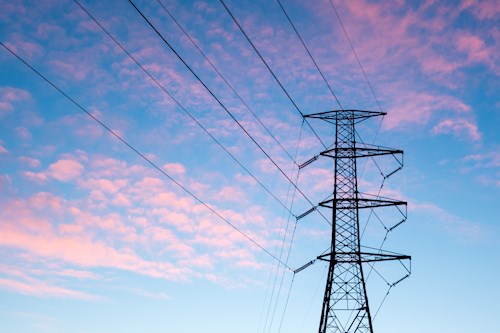

If you follow climate news (and it’s obvious you do – because you are reading our blog!) then you may have seen references to electrification and you might have questions.
For decades energy efficiency advocates—myself included—encouraged households to transition away from electric resistance heating to natural gas appliances to increase energy efficiency. The advice is different today, given both advances in heat pump technology and our ambitious climate goals.
Why Electrification?
Put simply, we need to cut our greenhouse gas emissions in half by 2030 or risk catastrophic climate change. The path forward—called deep decarbonization—has four parts:
In Dane County our utilities are already making progress to make our electricity cleaner. MGE, for example, has committed to reduce emissions 65% by 2030. MGE expects to eliminate coal as a source of electric power by 2035. Alliant Energy, similarly, has committed to reduce fossil fuel generation carbon dioxide emissions by 50% from 2005 levels by 2030. That is significant because a heat pump (or furnace) installed today will operate for 15 years, which means about half of its lifetime will be after 2030 when our electric grid is substantially cleaner. We are now at a point where the electricity we use gets cleaner every year.
The next phase, then, is transitioning transportation and buildings away from fossil fuels toward clean energy. For buildings and light duty vehicles, that means electrification. Because renewable natural gas supplies will be limited, clean energy resource will likely be used for heavy-duty vehicles and manufacturing, where electricity is not as viable an option.
Electric Vehicles Already in Motion
The best example of electrification is the transition of fueling cars, trucks and buses with gasoline and diesel to fueling vehicles with electricity. By the end of 2022 auto manufacturers will have more than 100 electric vehicle models available for purchase with more options available all the time. More, some familiar US manufacturers have committed to an all-electric lineup in the next decade.
You can see this transition locally. Dane County already has more electric vehicles (EVs) on the road than any other county in Wisconsin. Local governments are adding EVs to their fleets and the City of Madison has announced that the new Bus Rapid Transit buses will be all-electric.
The transition to EVs has a lot of market momentum. Not only are EVs fun to drive, the vehicles are clean, quiet and cost less to operate than a gas car. I drive an EV and, honestly, I cannot imagine ever buying a fossil gas car again.
Electric Buildings Are Next
The typical home or office building in Wisconsin uses fossil gas for space and water heating. Some homes and businesses also use fossil gas for cooking. All of this is likely to change in the next few decades.
My grandparents’ farmhouse had a coal stove. My mom grew up in that farmhouse where they burned coal inside the house to stay warm. Today that sounds a little crazy—I think about all the particulate matter in the air and wonder “what were they thinking?”
In 30 years someone will talk about how that their parents had a kitchen stove that burned fossil gas right in the kitchen, right where the family gathered and a listener will marvel “what were they thinking?” As we learn more we make better choices.
There is a growing body of research and increased discussion about the health risks associated with methane gas appliances in our homes.
More, the electric options—from induction stoves for cooking to cold climate heat pumps for heating and cooling—are better and more affordable all the time. Whereas air source heat pumps used to be viable only in mild climates, new models work in much colder temperatures—making them viable here in Wisconsin.
Still, this is a transition so it will take time. Some opportunities—like building all-electric new homes or adding heat pumps to older existing buildings with electric resistance heating—are likely to happen faster than other upgrades. It is a big task just to prioritize the various opportunities!
I am, though, optimistic about this transition. I’m optimistic because: